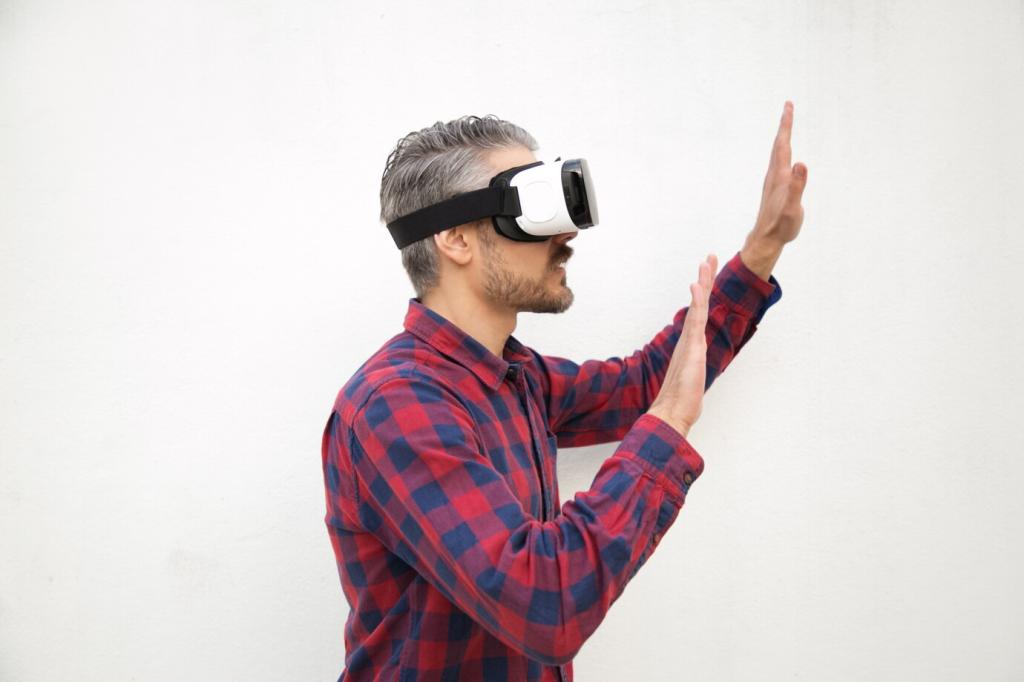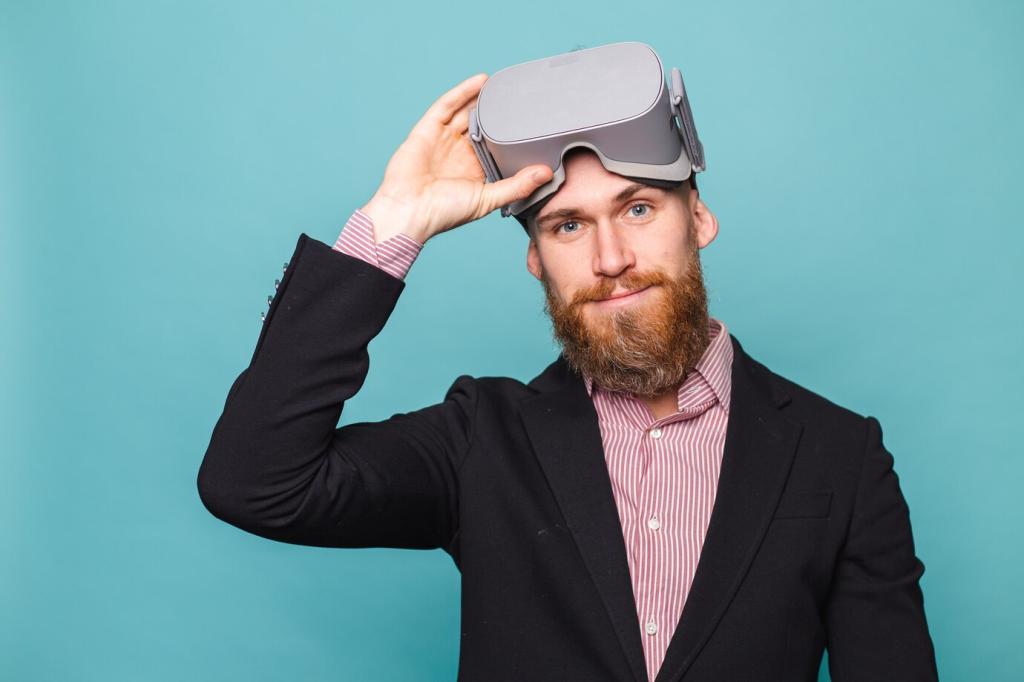
How Virtual Reality is Shaping the Future of Interior Design
Virtual reality (VR) is rapidly transforming the way we interact with spaces, and the world of interior design is experiencing a profound evolution as a result. From immersive walkthroughs to collaborative design processes, VR technology empowers clients and designers alike to visualize, refine, and execute projects with unprecedented clarity and efficiency. As we explore this digital revolution, it becomes clear that VR is not just a tool—it’s redefining the creative and practical boundaries of interior design.
Immersive Visualization and Real-Time Modifications
Experiencing Design Concepts Before Construction
Virtual reality replaces flat sketches and static renders with engaging, lifelike spaces. Clients can step inside a proposed design, walk through each room, and experience everything from spatial arrangements to lighting conditions. This prior-to-construction immersion brings a tangible sense of scale and ambiance, eliminating guesswork and surprise disappointments. It allows stakeholders to experience how a space would feel in reality, including the emotional impact of colors, textures, and layouts, thus fostering greater confidence in project decisions. As a result, VR accelerates approval processes and ensures design intentions align closely with client expectations.
Immediate Adjustments and Iterative Planning
Design changes have historically been cumbersome, slow, and costly, but VR makes iterative planning seamless and efficient. Designers can instantly alter colors, move walls, change furniture, or tweak lighting scenarios in a live virtual environment while presenting to clients. This immediacy supports a collaborative design process, allowing for client feedback to be incorporated in real time. Ultimately, VR reduces miscommunication and costly late-stage modifications, making the interior design journey smoother and more engaging for everyone involved.
Enhanced Material and Finish Selection
Selecting materials and finishes has always posed a challenge, as clients often find it difficult to imagine how individual samples will come together in a complete setting. VR technology bridges this gap by letting users see different combinations in situ. Clients can compare wood types, paint colors, textiles, and fixtures in a virtual space resembling their own, making informed decisions with greater certainty. This immersive approach aids in balancing aesthetics with practical functionality, ensuring the finished environment meets both visual and tactile expectations.
Streamlining Collaboration and Communication
Bridging the Gap Between Designers and Clients
Traditional design presentations often rely on 2D plans and mood boards, which can be abstract and confusing for clients without technical backgrounds. VR breaks down these barriers by translating design visions into interactive experiences. Clients can articulate their feedback verbally while navigating the space, clarifying their desires more precisely. This bridge fosters stronger relationships, builds trust, and ensures that both designer and client work towards a shared vision from the outset.
Facilitating Remote Collaboration
With workforces and clients spread across the globe, VR brings together stakeholders regardless of location. Design teams can meet, walk through virtual spaces, and discuss ideas in real time as though they were physically together. This remote collaboration capability not only reduces the need for travel, saving time and resources, but also broadens the pool of available design talent. By connecting experts and clients worldwide, VR enables a diversity of ideas and perspectives to inform each project.
Enabling Involvement of Multiple Stakeholders
Interior design projects often require the input of architects, engineers, contractors, and end-users. In a VR environment, all these parties can convene to review and resolve potential issues before construction begins. For example, engineers might spot conflicts in mechanical systems early on, while clients can preview everything down to furniture arrangements. Such involvement leads to richer collaboration, fewer misunderstandings, and a more streamlined project timeline, ensuring the final results are both innovative and practical.
Interior design students benefit immensely from VR’s ability to simulate real-world challenges in a controlled setting. By navigating through digital spaces, they can experiment with layouts, materials, and lighting effects without the constraints or expenses of physical projects. This hands-on learning accelerates their understanding of spatial relationships and design principles. VR equips students with valuable skills, making them more prepared and confident as they transition into professional roles in a constantly evolving field.

